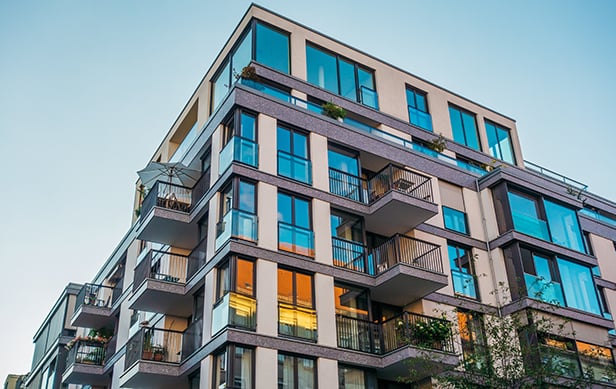(Mark Your Calendars for RealShare Medical Office, Nov. 14-15 in Scottsdale.)
ENCINO, CA-The US added 1.5 million jobs over the past year, providing health insurance to many individuals who lost coverage during the recession. This trend, combined with a 2.2% gain in healthcare employment, drove stronger demand for medical office space. So says a recent report from Marcus & Millichap.
“At the same time, completions declined, with year-to-date deliveries down 12% from 2010 and 80% below the peak three years ago. While construction starts have started rise, caution persists,” says the report. “Pure speculative development has come to a halt, and commitments have already been secured for nearly two-thirds of the space under way.”
According to the report, over the next several years, developers will focus on multi-tenant buildings with strong pre-leasing and off-campus facilities, including treatment and surgery centers, as hospitals grow marketshare by way of off-site expansion. “At 11.5%, medical office vacancy has retreated 70 basis points from its late-2009 peak, though it remains 140 basis points above pre-recession levels. Performance varies dramatically by metro, however, as several areas already boast vacancy below late-2007 levels. Outperforming markets are concentrated in Texas, parts of the Midwest, and high-barrier-to-entry coastal areas of the Northeast.”
Alan Pontius, managing director of the healthcare real estate group of Marcus & Millichap, tells GlobeSt.com that “REITs—both public and private—continue to be active investors in the medical office sector. However, public REITs haven’t been as active and robust as they were last year, when market share surged to 43%, up from 26% in 2009,”
Pontius also points out that “quality MOB space continues to be at the high-end of the investment-demand spectrum. Medical office is a mainstream investment product today and it continues to be in strong demand, based on attractive fundamentals. It generally has a more stable tenant profile and less (tenant) turnover than general office space.”
Many markets in the West, Mountain and Southeast regions, on the other hand, remain particularly weak as they contend with oversupply conditions created by significant speculative development during the housing boom, says the report. Fortunately, according to Marcus & Millichap, medical office demand remains poised for strong growth, with the 65-year-old-plus segment of population forecast to expand by 36%, or 15 million individuals, over the next 10 years. “This age group averages twice the number of office visits per year than the broader population. Additionally, healthcare reform could potentially bring coverage to an estimated 35 million uninsured individuals.”
We Also Recommend:
But while Marcus & Millichap expects that space demand will continue to accelerate, the company points out that several factors may hamper rent growth including: doctors will continue to battle against higher expenses as cutbacks in reimbursements place pressure on their bottom lines; and owners may need to offer more generous tenant improvement allowances or invest in upgrades to accommodate larger practices, ongoing technological advancements, or to transform file storage areas into functional space.
Year to date, asking rents for medical office buildings declined 1.2% to $23.73 per square foot, placing the average more than 5% below pre-recession levels, according to the report. Other key highlights from the report include: Transaction velocity increased 10% this year, though dollar volume declined due to fewer major deals; activity in the $20-million-plus range slipped 60% as hospital transactions slowed and REIT acquisitions returned to more normalized levels, following last year’s surge; during 2010, REITs accounted for 43% of all sales, up from an average of 29% in 2008 and 2009; and nationwide, cap rates average in the low-8% range, though top-tier hospital or diagnostic/treatment facilities start between 6% and 7.5%, while class-B deals or those in secondary/tertiary locations typically trade between 8% and 9%.
Markets all over the country, not just those with significant elderly populations, are performing well. “In general, regions that did not suffer from the boom-and-bust housing market cycle, with elderly populations and mild climates are doing well,” explains Pontius. The outskirts of Las Vegas, Phoenix and parts of Central and South Florida are currently working through some distress situations because MOB was overdeveloped, or developed speculatively between the boom years of 2005 and 2008,” he adds.
On the construction end, in California and the Pacific Northwest, completions in the region total 430,000 square feet year to date, down from 565,000 square feet over the same period in 010, says the report. “The regional trend masks some metro-level shifts, however, as the majority of new space has come online in Seattle, while completions in other metros have been absent or below 50,000 square feet,” says the report. Within the Seattle market, the largest delivery this year, according to the report, has been a 190,000-square-foot class-A building, which was brought online in September and remains roughly 90% vacant.
© 2024 ALM Global, LLC, All Rights Reserved. Request academic re-use from www.copyright.com. All other uses, submit a request to [email protected]. For more information visit Asset & Logo Licensing.








